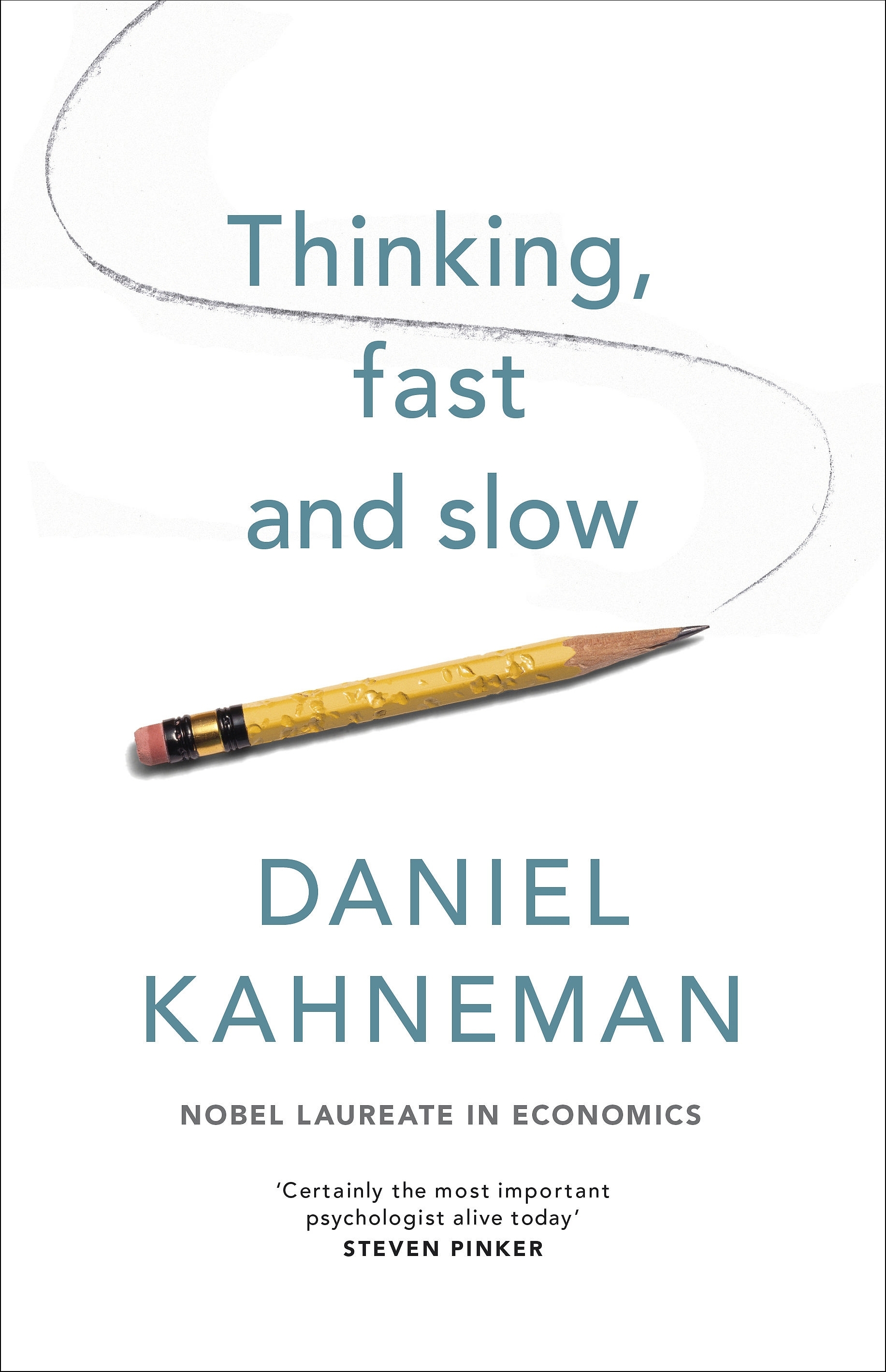In my last post I discussed the part of Daniel Kahneman’s ‘Thinking
Fast and Thinking Slow’ that I like least. In this post I will to discuss the part
that I most enjoyed reading.
At the beginning of his book Kahneman sets up the idea that
the human mind can be thought of as being comprised of two systems. System 1
operates quickly, with little effort and no sense of voluntary control. System
2 allocates attention to the effortful mental activities that demand it.
When I read that I immediately began to search for links to
Timothy Gallwey’s concept of Self 1 and Self 2. Gallwey is a sports and
business coach and author of popular ‘inner game’ books. I have read nearly all
of Gallwey’s books and have written about them previously on this blog.
Gallwey observed that when he was playing tennis he seemed
to have two identities. Self 2 was playing tennis and Self 1 was constantly
interfering by telling him how to play and trying to get him to conform to his
instructions.
It struck me that Gallwey’s Self 1 might correspond roughly to
Kahneman’s System 2 and that Gallwey’s Self 2 might correspond with Kahneman’s
System 1. Anyhow I didn’t find the link until I read Chapter 22 of ‘Thinking
Fast and Thinking Slow’ in which Kahneman discusses his collaboration with Gary
Klein, who turns out to be an admirer of Tim Gallwey's books.
Klein and Kahneman collaborated in a study directed
toward answering the question of when you can trust an experienced professional
who claims to have an intuition. Kahneman’s scepticism about intuitions was
shaped by observing failures of intuitive judgements by experienced professionals.
He observed that experienced professional
e.g. clinicians, stock pickers and political scientists often had too much
confidence in their intuitions. He suggests that this occurs because System 1
tends to produce quick answers to complex questions, creating coherence where
there is none.
Klein’s optimism about intuitive judgements by experienced
professional was shaped by studies of leaders of fire fighting teams who seem
to be able to make good decisions in emergencies without comparing options or knowing
how they are able to sense the best course of action to take.
Klein and Kahneman agreed that successful intuitive
judgement involves pattern recognition. Two basic conditions are necessary for
acquiring a skill in intuitive judgement: an environment with sufficient
statistical regularity for patterns to exist; and an opportunity to learn these
regularities through prolonged practice.
Examples of statistically regular environments include sports,
games such as chess, bridge and poker, and professions such as medical practice,
nursing and fire fighting. By contrast, the failure of stock pickers and
political scientists who make long term forecasts reflects the unpredictability
of the events they are trying to forecast.
This all makes sense to me. When I am playing golf I should learn
to trust Self 2 (System 1) and when I am trying to understand economic issues I
should employ System 2 (Self 1).
However, that is an over-simplification. It probably isn’t
wise to rely entirely on intuition when selecting which club to use when
playing golf and the intuitions of economists have probably been the source of
many a useful hypothesis about relationships between economic variables.
I particularly liked the way Kahneman ends his discussion of
the relationship between System 1 and System 2 in the final chapter of his book.
He suggests that System 2 is who we think we are – it articulates judgements
and makes choices. (That is presumably why Tim Gallwey labelled it as Self 1.) Kahneman goes on to make the point that while System 1 is the origin of most of what
we do wrong, it is also the origin of most of what we do right. The judgements
and choices made by System 2 often involve endorsement or rationalization of
ideas and feelings generated by System 1.
